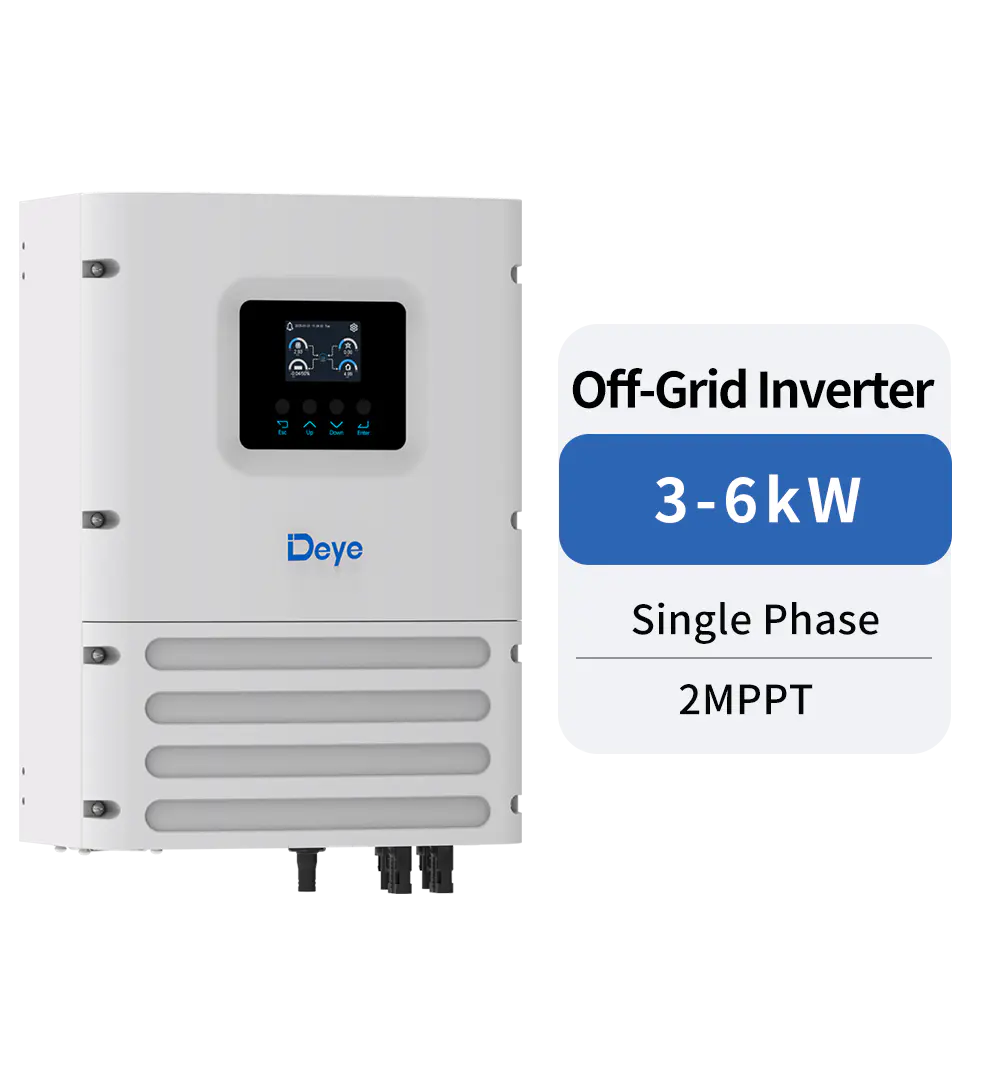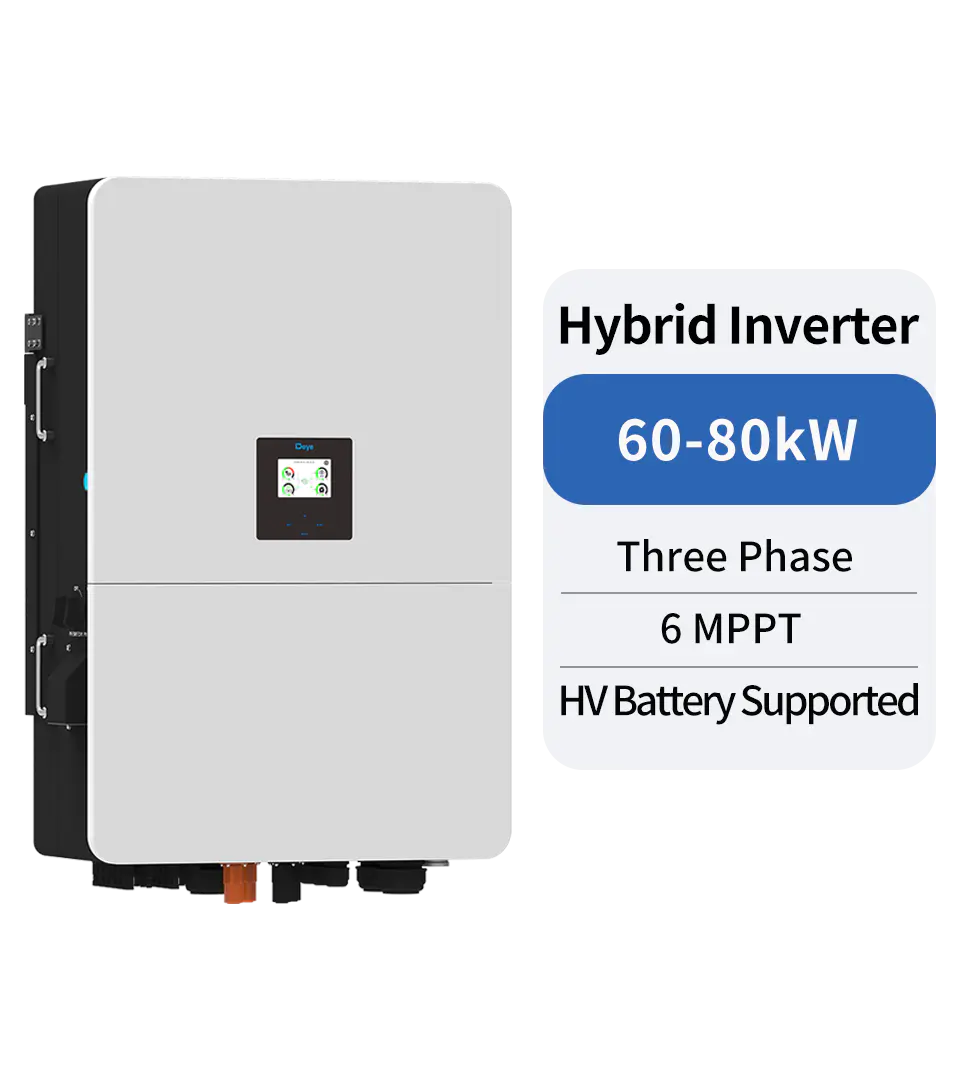Technical Topics
Challenges of a Phase String Inverter
Having a Phase String Inverter in your home can improve the efficiency of your home. But there are challenges involved. These challenges can be a big part of your decision process.
Microinverters
Whether you are planning a new solar installation or looking to upgrade an existing one, there are a few different types of phase string inverters available. The choice will depend on your site and monitoring needs. Choosing the right type of inverter is important if you want to get the more out of your solar energy.
Microinverters, on the other hand, are smaller, more compact devices that isolate the output of a single solar panel. They are designed to work with three-phase supplies and provide grid-matching AC power. They are also a good choice for roofs with shading.
Microinverters are a great option for more home solar projects. They are easier to install and carry than traditional inverters, and they offer several benefits. These include increased energy production, easier troubleshooting, and lower power loads.
The NREL has tested microinverters and found that they produce more electricity than their string inverter counterparts. However, the study does not account for variations in year-to-year performance. It does show that microinverters produce an average of 5 to 15% more electricity than their string counterparts.
Microinverters may be better suited for multiple-panel solar systems. They provide panel-level monitoring and allow for easier troubleshooting. They also have lower power loads and longer warranties than their string counterparts.
Microinverters are also a good choice for roofs that have shading. Shade can reduce the output of an individual panel, but it can't interfere with the performance of the panels around it.
String inverters
Whether you're a solar system designer or a solar installer, three-phase string inverters offer many advantages to your projects. This type of inverter has an increased voltage, a faster data transmission rate, and excellent overload protection. It also provides high reliability and is designed to withstand harsh environments.
Three-phase string inverters can be used for commercial, residential, and industrial applications. They can also be designed to fit your specific needs. They offer high uptime, and can be configured to maximize energy savings. The modular design allows system designers to scale their designs up or down.
Three-phase string inverters are also designed to offer great protection against environmental factors such as humidity and soiling. The string inverter's rapid shutdown allows for fast recovery times in case of a failure.
String inverters can be paired with power optimizers to increase monitoring capabilities. This helps to ensure that you get the more production from each panel. The power optimizer can also help to minimize the effect of shading on the PV array. It can also enable panel level MPPT, or max. power point tracking.
String inverters have made large strides in the past few years. They now require less maintenance and can be replaced without an electrician. However, they still have some operational issues. For instance, their shorter lifespan of eight to twelve years can be a disadvantage.
Challenges with centralized inverters
Among the many challenges with centralized phase string inverters is the cost. Although string inverters are cheaper than a centralized inverter, they also require more labor, more equipment to read, more processing power, and more data points. In addition, their anti-islanding abilities are less than stellar.
Fortunately, these challenges have been addressed through the recent development of improved switching frequency, which has improved the overall efficiency of the inverter. In addition, string inverter manufacturers have also done away with the serial communication component.
But, even the newer and improved versions of string inverters still have some drawbacks. For example, while string inverters may be the cheaper option, their larger size means more places to go wrong.
Another challenge is the lack of built-in HMI. Although it's possible to map data points into an HMI, it's a hefty undertaking.
Also, a large number of data points can be costly to monitor. In fact, the average cost for monitoring a single data point in a SCADA system is $10.
On the other hand, the cost of monitoring a string of dozens of data points is a lot less. The average string inverter has about 50 points. And the cost of monitoring a single 1 MW inverter is roughly 600 points.
In fact, the string inverter's more impressive feat isn't even the more impressive one. In fact, the string inverter's better feature is its ability to provide a more granular view of plant operations. In addition, string inverters can be swapped out easily.


PREV:What are the types of 3-phase inverter
NEXT:Using a 2 MPPT Hybrid Inverter
Share
Product recommendations
news recommendations
-

-
 Green Industry, Bright Future: Deye Distributor Summit – Dubai 2025 Concludes Successfully
Green Industry, Bright Future: Deye Distributor Summit – Dubai 2025 Concludes SuccessfullyIn November 2025, Deye Group successfully hosted the “Green Industry, Bright Future—Deye 2025 Dubai ...
-
 Deye’s Malaysia Johor Manufacturing Base Officially Breaks Ground — A Key Step Forward in Its Globalization Strategy
Deye’s Malaysia Johor Manufacturing Base Officially Breaks Ground — A Key Step Forward in Its Globalization StrategyOn October 2, 2024, Deye Group (hereinafter referred to as “the Company”) held a groundbreaking cer...

 China - 简体中文
China - 简体中文 Global - English
Global - English Brazil - Português
Brazil - Português Netherlands - Dutch
Netherlands - Dutch Italy - Italiano
Italy - Italiano Germany - Deutsch
Germany - Deutsch Spain - Español
Spain - Español France - Français
France - Français Vietnam - Tiếng Việt
Vietnam - Tiếng Việt Poland - Polski
Poland - Polski Australia - English
Australia - English


